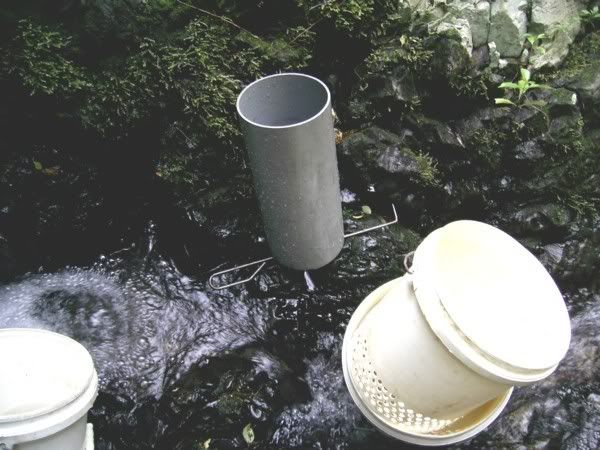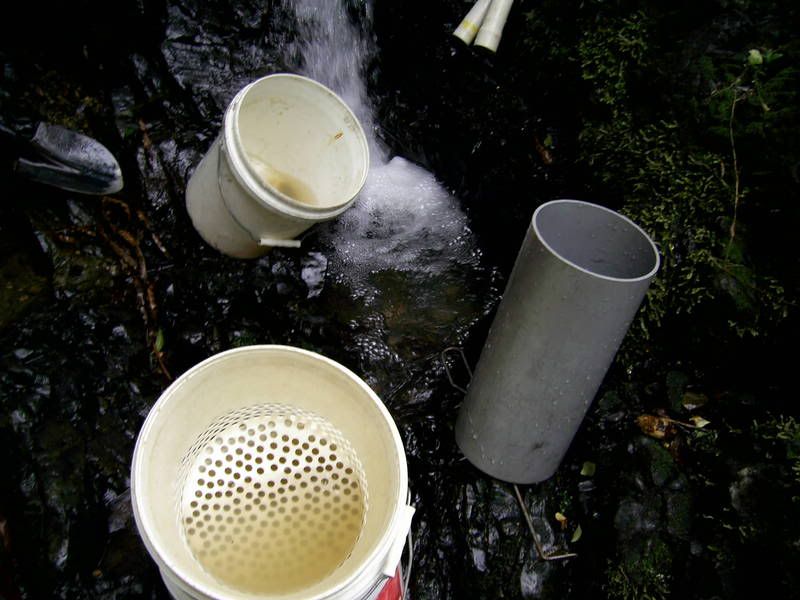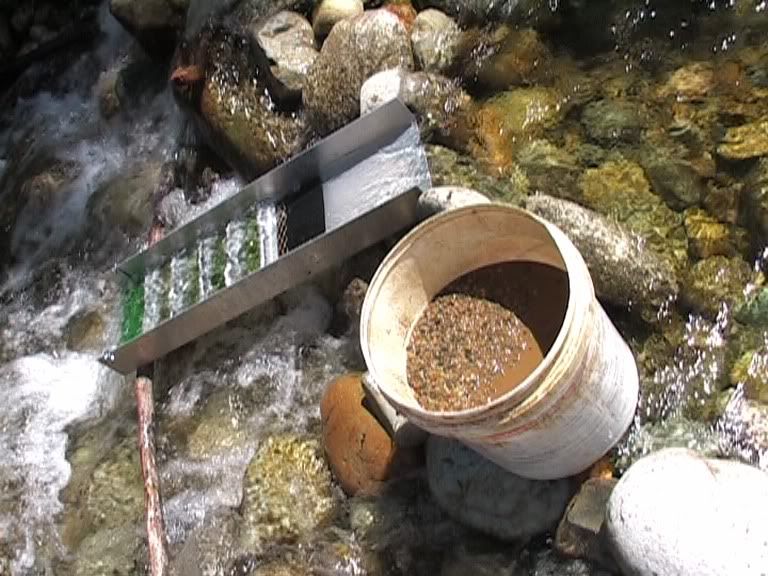New Zealand Gold Prospecting & Metal Detecting Forums Archive
The forum has moved to community.paydirt.co.nz, see you there!
This forum is now an archive to preserve the knowledge and finds posted here.
| overdog |
Posted
:
Sunday, 10 July 2011 5:04:12 PM(UTC)
|
||

|
|||
| Lammerlaw |
Posted
:
Sunday, 10 July 2011 9:53:31 PM(UTC)
|
||
|
Rank: Gold Ingot Groups: Registered
Joined: 24/05/2011(UTC) Posts: 1,721 Thanks: 72 times
Was thanked: 579 time(s) in 396 post(s) |
|||

|
|||
| overdog |
Posted
:
Sunday, 10 July 2011 11:36:26 PM(UTC)
|
||

|
|||
| kiwijw |
Posted
:
Tuesday, 12 July 2011 12:23:41 AM(UTC)
|
||
 Rank: Gold Ingot Groups: Registered
Joined: 28/03/2010(UTC) Posts: 1,152 Thanks: 92 times
Was thanked: 658 time(s) in 324 post(s) |
|||

|
|||
| kiwijw |
Posted
:
Tuesday, 12 July 2011 12:53:54 AM(UTC)
|
||
 Rank: Gold Ingot Groups: Registered
Joined: 28/03/2010(UTC) Posts: 1,152 Thanks: 92 times
Was thanked: 658 time(s) in 324 post(s) |
|||

|
|||



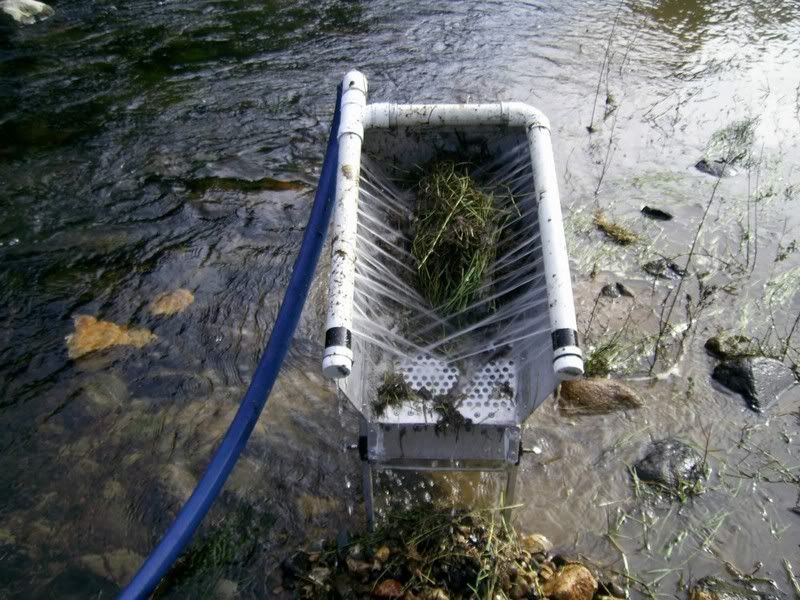
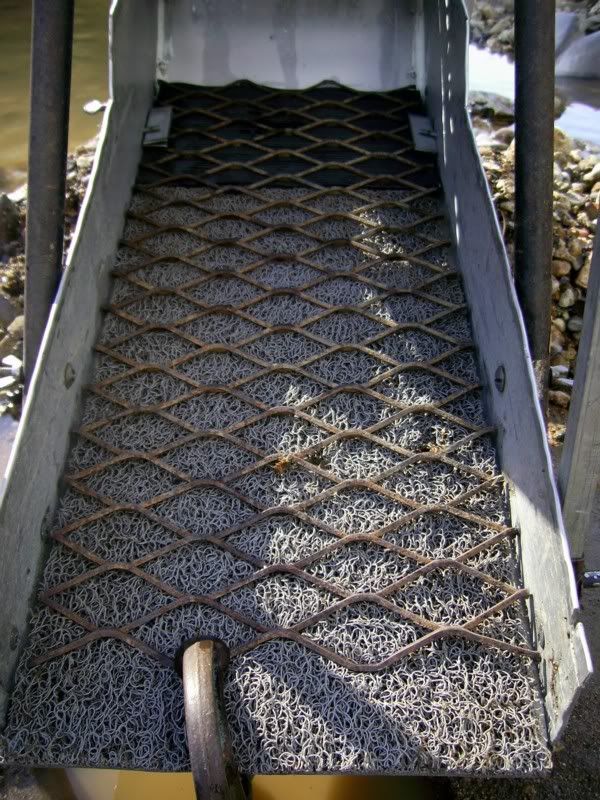

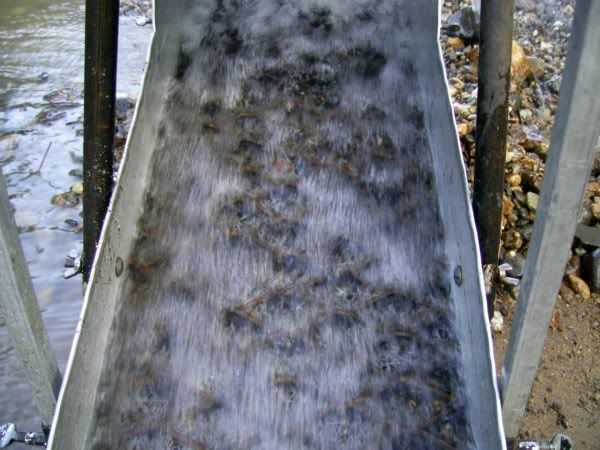
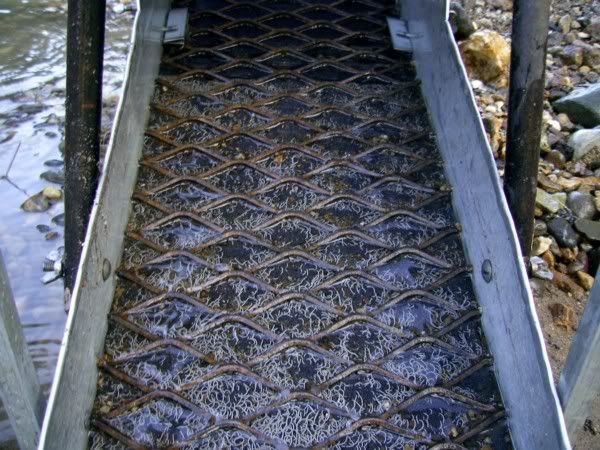
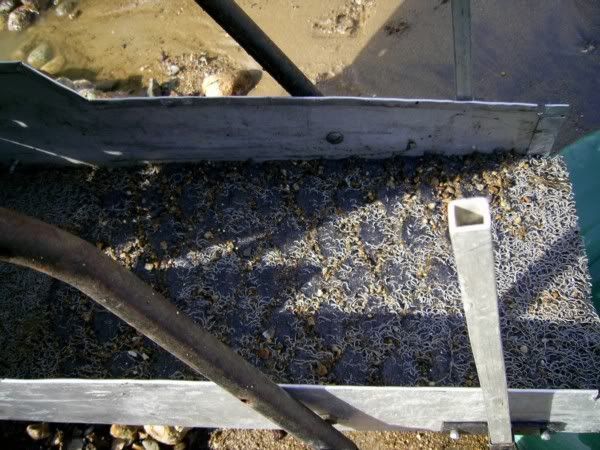 .
.
